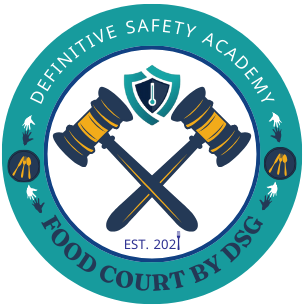Food safety has always been essential, but in 2025, it carries more weight than ever before. From global supply chains to rising consumer expectations, ensuring that food is safe is no longer just about avoiding illness — it’s about building trust, transparency, and resilience in our food systems.
A
Global Food Chain, A Global Risk
Changing
Consumer Expectations

Technology’s
Role in Food Safety
What Should You Do if You Bought These Tomatoes?
Food
Safety Starts at Home
Balancing
Safety and Sustainability

Conclusion
Latest from our blog
Contact Us
admin@thefoodcourtdsg.com
-
Get in Touch
-
5065 Deer Valley Rd, Ste 114 Antioch, California 94531
-
(925) 237-9095
admin@thefoodcourtdsg.com
-
Quick links
-
Home
-
About Us
-
Affiliate Program
-
Blog
-
Podcast
-
Top Courses
-
Elevating Food Safety Standards Globally

